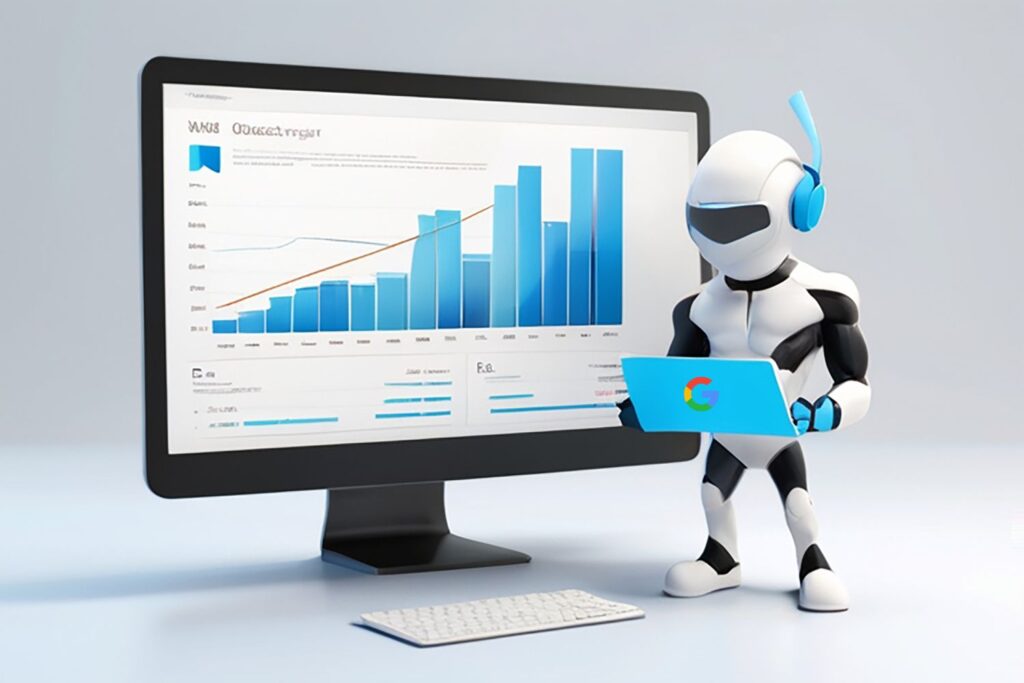Introduction
In the often-overlooked depths of Google Search Console lies a treasure trove of insights that many SEO professionals may not fully utilize: the Crawl Stats report. This report is particularly significant for websites with extensive content, as it provides a detailed overview of how Googlebot interacts with your site.
Accessing the Crawl Stats Reports
To uncover the Crawl Stats reports in Google Search Console, follow these steps:
- Navigate to Settings at the bottom of the left-hand menu.
- Select Crawl stats from the options.
- Click on Open Report to dive into the data.
Understanding Crawl Stats Data
The Crawl Stats report provides valuable metrics on Googlebot’s activity as it traverses your site. Google emphasizes that this data is aimed at “advanced users,” likely because it requires a nuanced understanding of the various factors that can influence these metrics, such as server performance and site architecture.
Who Benefits from Crawl Stats?
While Google labels this report advanced, it can benefit enterprise SEOs and those managing large-scale sites. For smaller websites, the crawl budget is less of a concern, as Google typically allocates sufficient resources to crawl them efficiently. In contrast, with their vast content libraries, enterprise sites often need to monitor and optimize their crawl activity more closely.
Key Metrics to Monitor in Crawl Stats
When reviewing the Crawl Stats data, focus on the following key metrics, especially if you notice any unusual fluctuations:
- Total Crawl Requests
- This metric indicates the total number of crawl requests made for your URLs, whether they were successful or not. If you notice an increase or decrease, it’s crucial to correlate this with other metrics like average response time and total download size.
- Total Download Size (bytes)
- Represents the total data downloaded during crawling. A change in this metric may signal changes in your site’s code or the addition of new pages.
- Average Response Time (ms)
- Tracks the average time taken for all resources fetched from your site. Monitoring this alongside total crawl requests and download size can help identify potential issues.
- Crawl Requests Breakdown by Response
- This report categorizes the responses received during crawling, allowing you to see percentages for various response types, including 200 (OK), 404 (Not Found), and 5xx (Server Error).
- Crawl Requests Breakdown by File Type
- Understanding which file types are being crawled can inform your content strategy. For example, if a large percentage of requests are for images or PDFs, you might consider optimizing these assets for better performance.
- Crawl Requests Breakdown by Purpose
- Differentiates between requests for refreshing existing content and discovering new URLs. An increase in discovery requests without new content could indicate the potential crawling of unnecessary pages.
- Crawl Requests Breakdown by Googlebot Type
- While interesting, this metric may not provide actionable insights. It typically shows the user agent used by Googlebot and is often best ignored.
When to Analyze Crawl Stats
It’s advisable to review your Crawl Stats monthly. Special attention should be given after major site changes, such as redesigns or migrations, to gauge how Google is responding. If you already use more specialized crawler monitoring tools, the data from Google Search Console may offer less valuable insights.
Caveats of Crawl Stats Data
Several external factors can influence the metrics reported in Crawl Stats. Network issues, changes in CDN behavior, or server configurations can all affect crawl activity. It’s essential for your SEO team, developers, and product managers to consider these elements when interpreting fluctuations.
Archiving Crawl Stats Data
Given the limited time window for data reporting in Google Search Console, maintaining an archive of crawl stats in a spreadsheet is beneficial. By logging historical data, you can compare trends over time and provide concrete examples during discussions with development teams.
Final Thoughts
Crawl Stats are an underutilized resource that can provide valuable insights into how Googlebot interacts with your site. Regular monitoring and analysis can help you pinpoint potential issues and guide optimization efforts effectively. As you explore your Crawl Stats, prepare to dive into your next SEO challenge, focusing on identifying URLs that require technical improvements and monitoring Core Web Vitals metrics.

